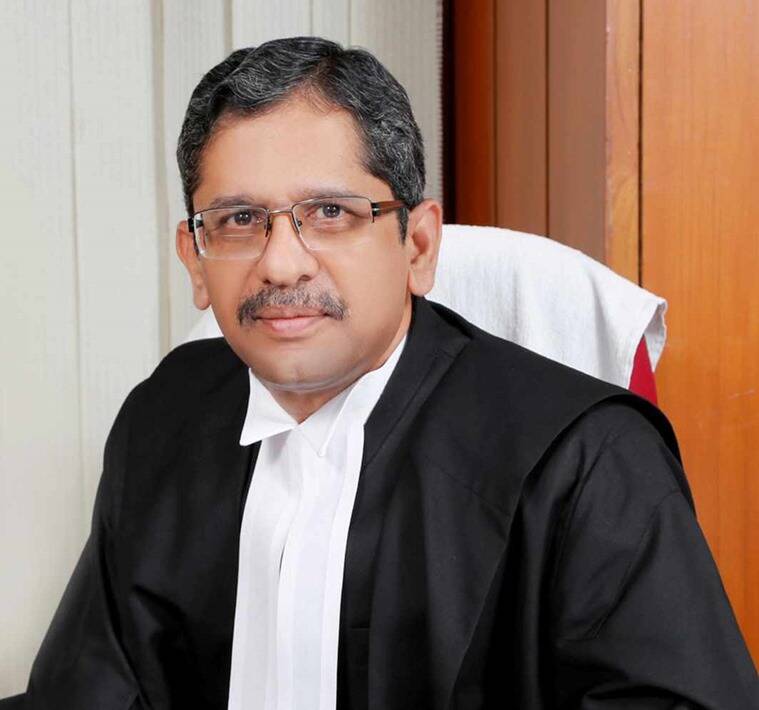
Judicial infra needs to be modernised for access to justice: Justice Ramana
Justice N V Ramana, Supreme Court judge on Saturday highlighted the overwhelming need to “strengthen judicial infrastructure” in the country to cater to the ever-rising number of disputes and even suggested a National Judicial Infrastructure Corporation to address this issue.

Justice N V Ramana, Supreme Court judge on Saturday highlighted the overwhelming need to “strengthen judicial infrastructure” in the country to cater to the ever-rising number of disputes and even suggested a National Judicial Infrastructure Corporation to address this issue.
Justice Ramana, who is slated to be the next Chief Justice of India, was strongly making a pitch to overhaul the old and crumbling infrastructure of the judiciary, while inaugurating Bombay High Court’s new building in Goa.
The Centre and states should come together to co-operate and create a National Judicial Infrastructure Corporation, he said, according to media reports. This should be a “one-time measure”, to solve the dire need for a robust and modern judicial infrastructure in the country. The Corporation would bring uniformity and standardization to revolutionise judicial infrastructure but financial constraints however should not become an impediment, stressed Justice Ramana.
Also read: Judiciary ramshackled, judges can’t be appointed like govt officers: Ex-CJI
If people needed to get “access to justice” and “speedy justice”, which form the bedrock of rule of law, an enabling infrastructure is essential, he added, The Indian Express reported.
According to Justice Ramana, if judicial infrastructure is modernised it will serve as a key tool to “reduce pendency of cases” and clear the heavy backlog of cases in the country. People should view courts beyond just issues of pendency, vacancy or the number of courtrooms. Instead, it should be a “barrier free-citizen friendly environment” facilitating people to knock on the doors of the court of justice with the minimum obstacles.
“There are premises without washrooms, waiting rooms, creche services, or disabled friendly infrastructure for litigants and lawyers,” he said, adding that these conditions have an adverse impact on the quality of dispensation of justice.
Infrastructure in the judiciary has not “progressed” with time, unlike in the other branches of the state. Science and technology seemed to have bypassed the judiciary and trying to incorporate it into the judicial system has been extremely challenging – an “uphill task”, he said.
Also read: For empathy in sexual violence cases, judiciary needs more woman judges: AG
Lamenting the poor condition of courts in our country, he said that people are only too aware of our courts, which operated from dilapidated structures and rented premises, without proper record rooms or even staff.
Therefore, it is vital for us to turn our focus on modernising judiciary. He also however cautioned that the upgradation required stakeholders to analyse the issue and proceed with care.

